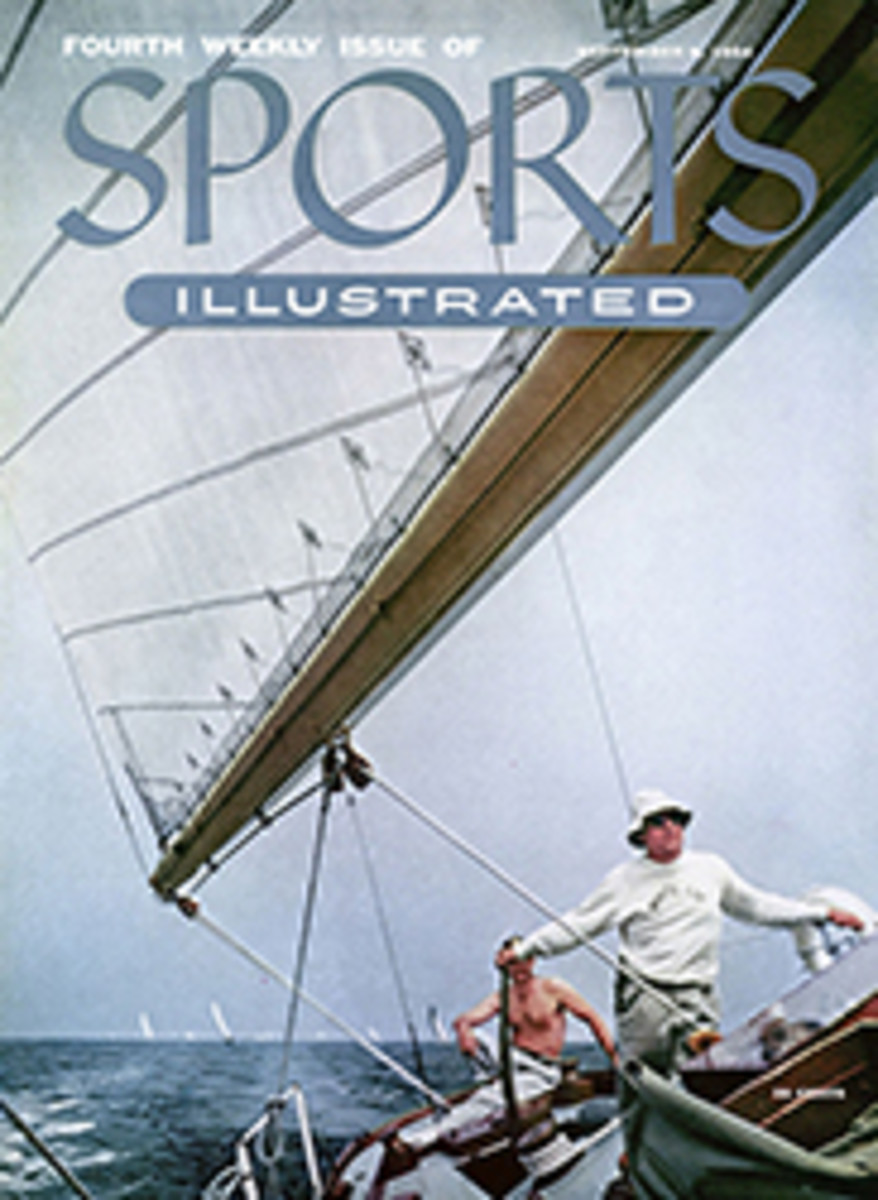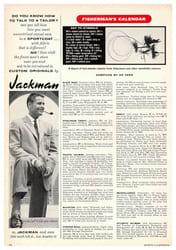
HIGH COST OF RACING
As a member of the Sports Car Club of America and one of its active group of amateur sports car racing drivers, I would like to bring up some fiscal problems. Most enthusiasts are finding it difficult, financially, to keep their machines "on the circuit." It costs the average "amateur" around $2,500 a year (give or take a set of pistons) to compete in six major events.
This is a problem for the S.C.C.A., whose membership now numbers over 4,500 devotees of the art of driving for pleasure, recruited from all walks of life. This membership contributes $57,000 annually, but none of this money is diverted toward solution of a problem which threatens to scuttle sports car racing as surely as ineffectual crowd control drove it off public highways.
No sport can flourish without fresh talent, and the prohibitive cost of unsubsidized "amateur" racing (save for free gas and oil) is scaring many newcomers of modest means. About 15% of S.C.C.A. members hold racing licenses, and of these, about one-sixth (at most 125 drivers) compete in all the main events, often traveling as much as 1,000 miles to some distant S.C.C.A. airfield race.
To the junior executives who make up this inner core of drivers, the compulsion to take week-long trips at $200 a time in traveling expenses means steering between the Scylla of losing their jobs and the Charybdis of an overdraft.
TOMORROW'S CHAMPION
And how about the Joe Blow of sports car racing? He drives his home-tuned MG all the way from Poughkeepsie on recapped tires and brings a sleeping bag to save hotel expenses. Not for him the fanfare accorded the dashing figure behind the wheel of a 170-mph $20,000 Ferrari; yet who can deny that he may be tomorrow's champion driver?
I have repeatedly advocated that sports car race drivers be paid a flat fee of, say, $50 starting money for a minimum number of laps at a minimum average speed; and perhaps a further $50 for completing a race, depending upon its length. Since first and last man would receive a like sum, racing would still be for glory and trophy as opposed to cash prizes; but the help thus afforded impecunious enthusiasts would go far towards safeguarding the future of the sport.
Last year, S.C.C.A.-sponsored SAC airfield races netted Air Force benevolent funds some $350,000, with Offutt, Neb. ($56,537) the most successful and Bergstrom, Texas ($24,337) showing the smallest profit. Given an average field of 60 entries, contributions from gate receipts toward driver expenses would be around $6,000, still leaving a handsome profit.
Failing this, the S.C.C.A. should be in a position to subsidize its own racing members. One solution is simple. Yearly membership could be raised from $10 (83¢ a month) to $20 ($1.66 a month) with no hardship to anyone. If the average member cannot afford this minimal sum, how can he run a sports car? The additional $45,000 that would thus accrue to the club's treasury would be ample to cover subsidies in seven—possibly eight—races.
A preponderance of S.C.C.A.-licensed drivers favors a small, equal cash award for all, toward the cost of new tires, engine overhauls and traveling expenses. But the club's management stands stubbornly pat in its attitude toward so-called "amateurism"—an attitude hard to understand since racing regulation loopholes openly allow drivers to accept "expense money" from private sponsors. And S.C.C.A. President Charles Moran injects an odd note into the controversy in his editorial titled "Professionalism and the Sports Car Club of America" in the official S.C.C.A. publication. "Under our present system of free enterprise," Moran says, "there will always be those who are better off than others. Reducing the level of sports car races to a point where anyone can afford them would be equivalent to socializing sports car racing."
He says further that it is his "belief....that promoters would do exactly what they do in other forms of racing, which is to pick out those cars and drivers who have had the most publicity and made the fastest time...."
NO PLACE TO GO
Actually, no profit-minded promoter could hope to stage a successful event without featuring every kind of sports car. A single race between a few costly machines would never draw a crowd. And since, in principle, the club has no objection to reputable promoters making a profit on the drivers, such promoters would be happy to accept any entry list approved by the S.C.C.A. and to return a small part of their gain in the form of a driver subsidy.
Unless the S.C.C.A. takes a more realistic attitude in the matter of driver subsidies, its members who can afford speedy and expensive cars may soon find themselves with no races to drive.
PHOTO
ILLUSTRATION
OUT OF CHARACTER
MISGUIDED INDIAN
This athlete was so much better at passing a ball than hitting one that the Cardinals' Joe Medwick cracked: "I hope he hasn't sold his football uniform." He hadn't. Giving up his diamond aspirations, he became Washington's greatest Redskin. At his retirement in 1952, 16 National Pro League records belonged to:
Sammy Baugh

